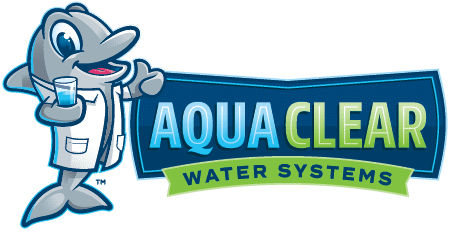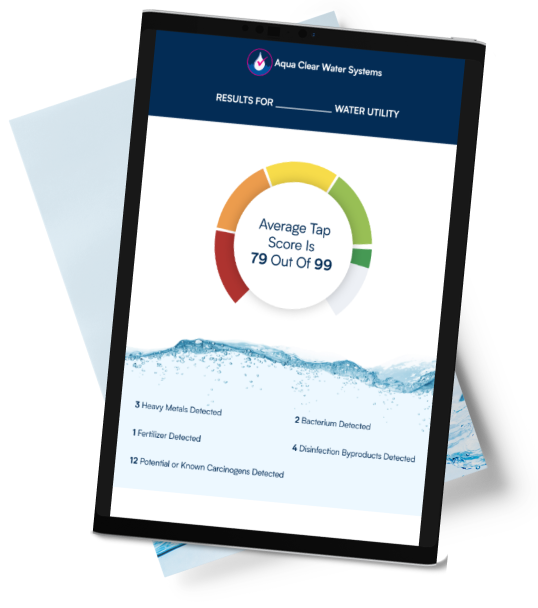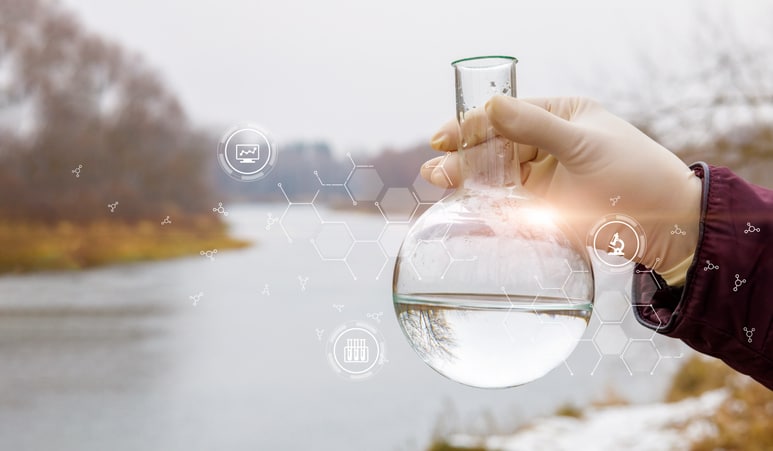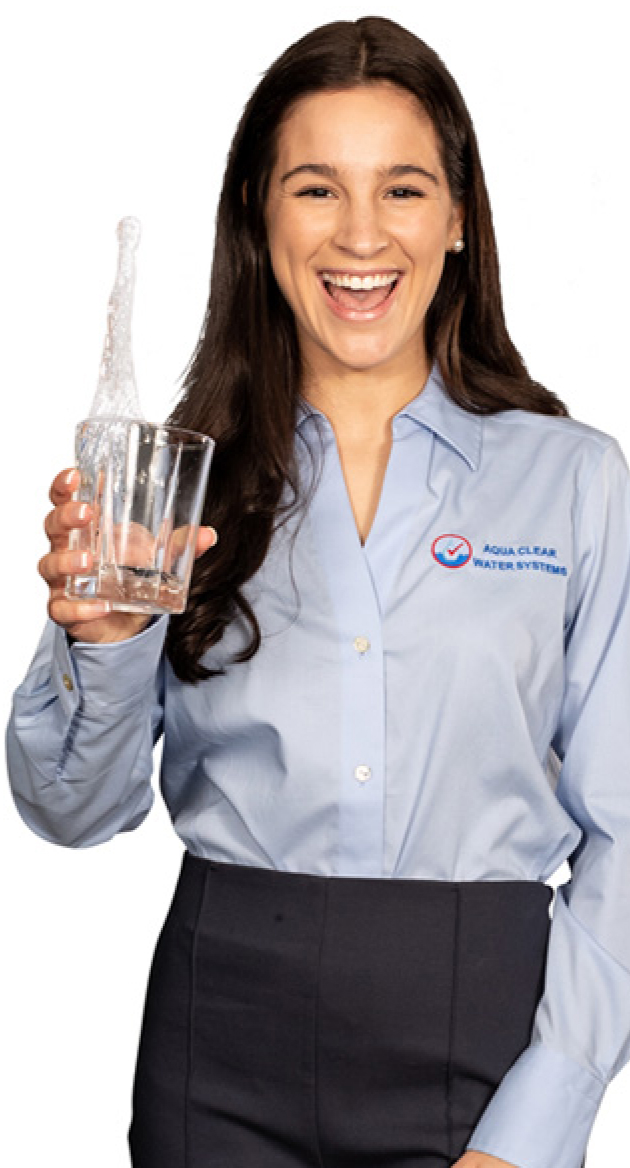If you get your water from a municipal supplier, you’ll receive an annual Consumer Confidence Report that will tell you what the water contains. For well water, however, you receive nothing and it’s up to you to check its purity.
Well water is particularly at risk from agricultural run-off and chemicals seeping into the soil. Added to that are various contaminants that occur naturally so well water testing is an absolute necessity to keep everyone safe. However, how to test water quality is a challenge for many households.
Why Water Quality Testing is Essential for Well Water
Water that is free of contaminants is essential for your good health and well-being. But you cannot always rely on the quality of well water because it can often contain several contaminants that include:
- nitrate that often comes from agricultural run-off due to fertilizer use, animal waste, and decaying plants. High levels can make you ill, so you need to test for them.
- volatile organic compounds (VOCs) come from fuel-related and industrial chemicals.
- coliforms include E.coli and are found in the feces and digestive systems of animals. They can cause diarrhea, hepatitis, and dysentery if present in the water system.
- excessive acidity can make you sick as well as damaging pipes and appliances.
When and How Do You Perform a Water Test?
Water quality is important, so you need to check it:
- each time you replace any part of the system
- once a year, preferably in spring, to test for contaminants, especially if there are nearby agricultural or waste disposal sites
- if there are known well water problems in your area
- after problems from flooding or land disturbance
- if the color, taste, or smell of your water deteriorates.
If you’ve ever questioned, how do you conduct a water quality assessment? Well, you can try to do it yourself or, for a more dependable outcome, leave it to an experienced professional.
What are 3 Ways that Water Quality Can be Tested?
If you are wondering where to get your water tested, there are several ways. You can:
- use a DIY kit that can cost as little as $20 but may comprise only a testing strip that changes color depending on the types of contaminant present. These kits are quite basic and will give you only a general idea.
- send a sample of your water to an EPA-certified laboratory, which will cost more than $100 but will give you more detailed results and a report of what your water contains.
- make use of our free water testing service, which will not only provide a detailed analysis but also recommendations on how you can purify your water and make it perfectly safe.
So, for the question ‘what is the best way to test well water?’, the answer is to use our free service. Depending on the severity of the problem, we can then install a whole house or point-of-use system that can comprise a combination of appropriate filters, including a water softener and reverse osmosis system if necessary.
Aqua Clear Water System protect your family and appliances from 99.9% of harmful contaminants







